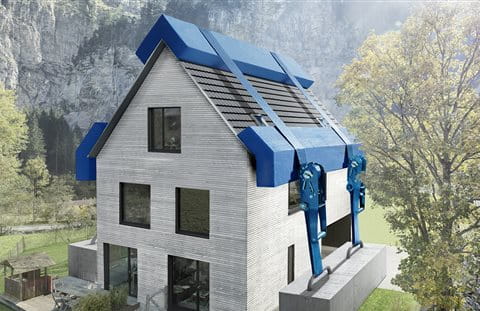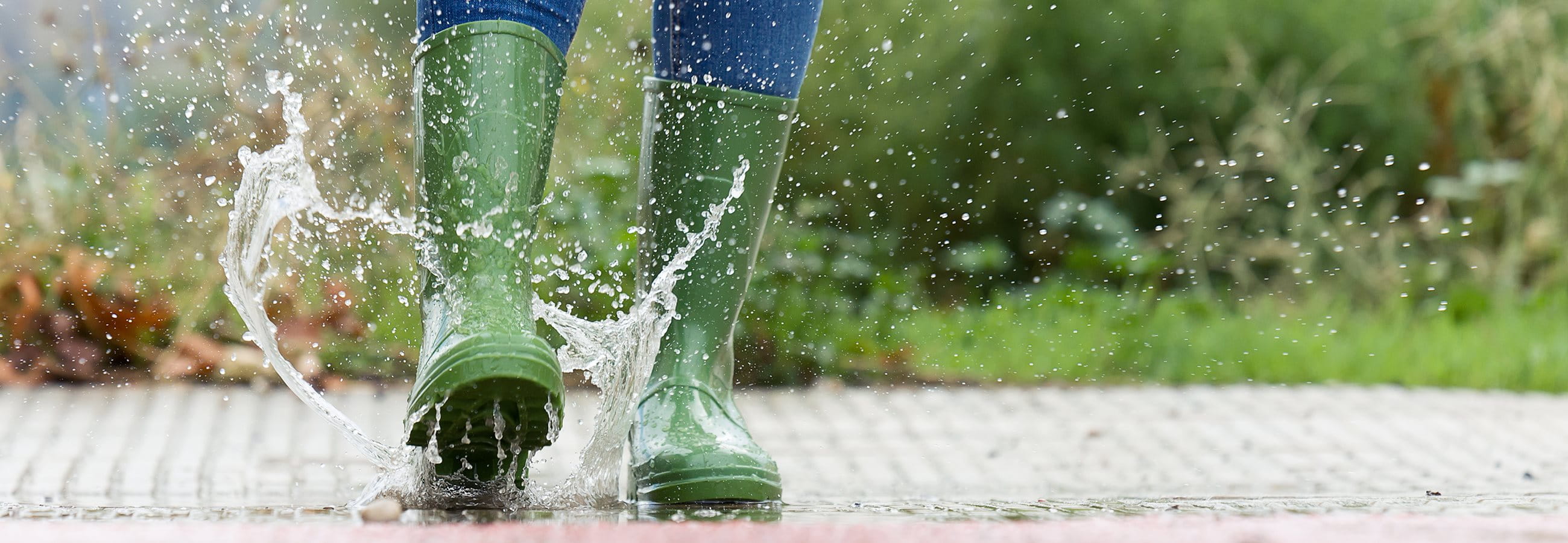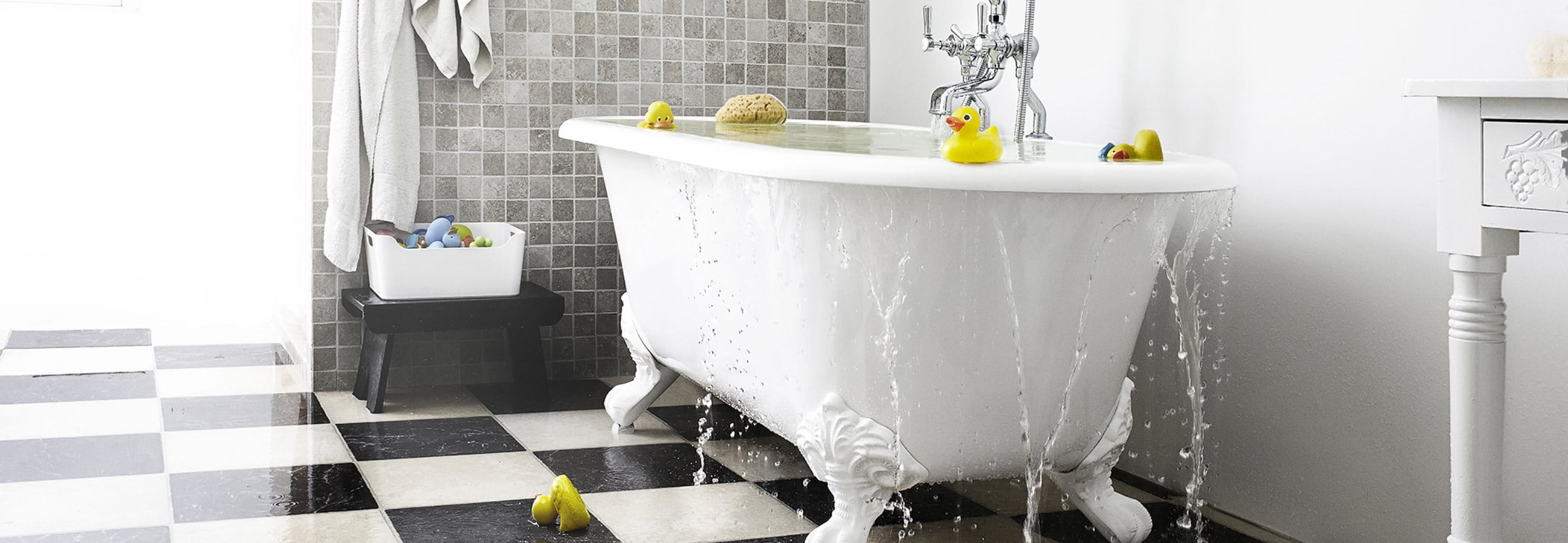Particularly in July and January, storms cause major damage in Switzerland, as long-term statistics from Zurich show. Storms are caused by differences in air pressure, often in connection with strong low-pressure systems. In meteorological terms, winds with speeds of at least 75 kilometers per hour are referred to as storms. This definition has also been adopted by the insurance industry. Above 117 kilometers per hour, the wind is considered a hurricane or European windstorm. However, significantly stronger winds are possible: The storm Lothar in 1999 saw wind speeds of up to 272 kilometers per hour.
Climatologists and insurers know that climate change will increase the likelihood of extreme storm events. The 2019 Sigma Study conducted by Swiss Re shows that the number of natural disasters worldwide has more than tripled since 1970. The number of storms has also increased noticeably.
How to protect yourself during a storm
- Time and again people in Switzerland are killed by falling trees. So avoid woodland areas, groves, parks and avenues of trees in stormy weather – even when you are in your car.
- In the mountains, the wind is often much stronger than in the valley. Inform yourself about local weather conditions before every trip and be aware that in stormy weather there is an acute risk of falling down. Even a strong gust might cause you to lose your footing.Open waters are also dangerous places in stormy weather. Return to land as soon as possible and avoid shore areas, as unexpectedly high waves can occur.
- Even in the city, you must always expect objects to fly through the air or roof tiles to come crashing down in a storm. This is why you are best off indoors.
- Keep a safe distance from power poles as there is a two-fold danger if they tip over.
- Take storm warnings seriously and inform yourself about current weather developments, for example with the push app from MeteoSwiss.
How to protect your property
- Everything on the balcony and patio or in the garden that isn't nailed down should be secured, placed in a sheltered area or moved indoors: i.e. flower pots, garden furniture or decorative objects.
- Retract the awning, raise the shutters and close doors and windows.
- If possible, place your car in the garage or carport and avoid unnecessary journeys.
- And if the storm comes up faster than you can secure your objects – your life and health are more important than the flower pot: You can still clean up after the storm has passed.
Properly insured against storms
If the storm destroys your garden lounge or dents the luxury barbecue, the contents insurance will cover the replacement value – the deductible for damage caused by natural hazards is CHF 500. Damage to your home such as lost roof tiles is covered by the building, fire/natural hazards insurance – which is obligatory in most cantons. And any damage to your car is covered by the single vehicle accidental damage insurance of the motor vehicle insurance. If people are injured by the storm, the statutory accident insurance comes into effect.




